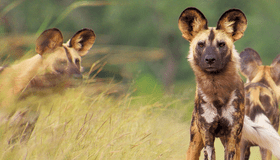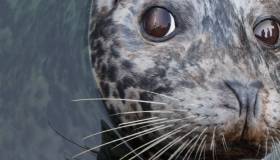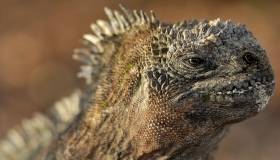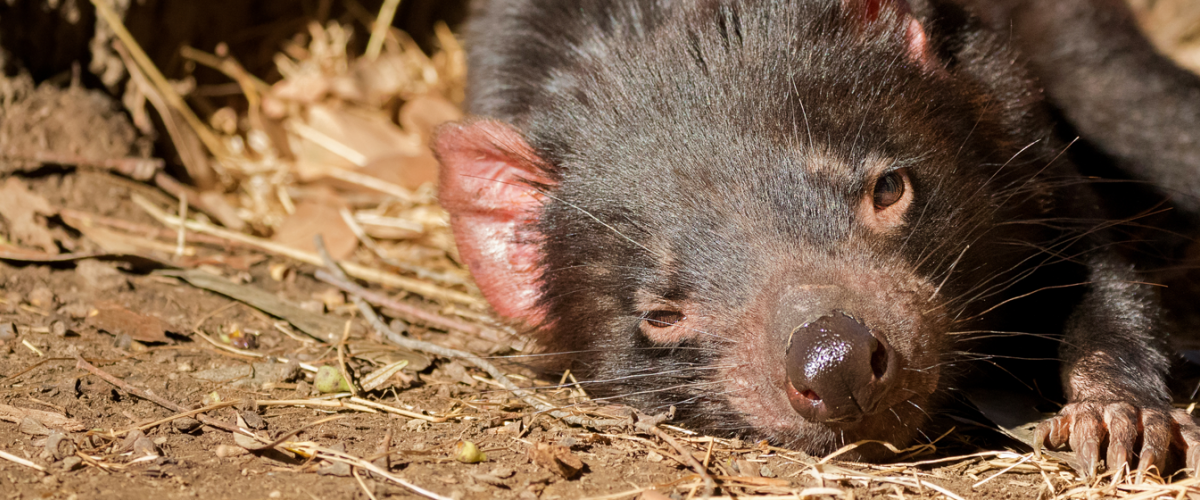
April 11, 2019 – It’s no secret that wildlife populations are suffering around the world. In just the last five decades, it’s estimated that wildlife populations have declined by a staggering 52%. Habitat destruction, poaching and climate change typically get the most attention for this decline, but increasingly emerging diseases are being identified as a major culprit in the decimation of species.
The term emerging disease encompasses a few different of problems. Classically, people tend to think of them as a completely new bacteria or virus that has suddenly come onto the survival-of-the-fittest playing field. However, they also can be previously known diseases that either flare up in a new geographic area or that are now infecting a population or species that had not been exposed to them before.
Not only can emerging diseases almost completely eliminate populations that have no natural immunity to them, animals that may survive may be too few to provide healthy genetic diversity for future generations to stay viable.
Since 1965, Morris Animal Foundation has invested $24 million in more than 600 wildlife health studies. Many of these studies have addressed issues such as environmental exposures and spillover infection. More funding now is being made available to combat emerging diseases.
“The areas where we’re seeing important problems tend to involve emerging diseases, and over the last few years that’s where a lot of our wildlife grants have been focused,” said Dr. Kelly Diehl, Morris Animal Foundation Senior Director of Science and Communication. “Researchers have told us, ‘these are what we’ve identified as important and we need help.’”
Below are just a few examples of emerging diseases that the Foundation is fighting.
Tasmanian devils and facial tumors
Tasmanian devils were not an endangered species in their isolated, native habitat until the rise of devil facial tumor disease (DFTD) in the late 1990s. The disease, a highly unique form of transmissible cancer passed from one devil to another through biting, came out of the blue and has since destroyed 80% of their population. Primary tumors typically develop on the face or inside the mouth, and quickly grow into large tumors that spread to internal organs.
Morris Animal Foundation has funded several important studies to understand the cancer and treat it using stem-cell therapy and human immunotherapies. Unfortunately, a second form of the disease, devil facial tumor 2 (DFT2), was recently discovered among Tasmanian devils. DFT2 rose independently from DFTD, in different populations, but both cancers are spread the same way.
Morris Animal Foundation is funding researchers to determine how these unusual tumor cells can spread between individuals without triggering an effective immune response. Understanding how DFT2 is evolving and spreading will provide important clues on how to manage this disease and other contagious cancers affecting Tasmanian devils.
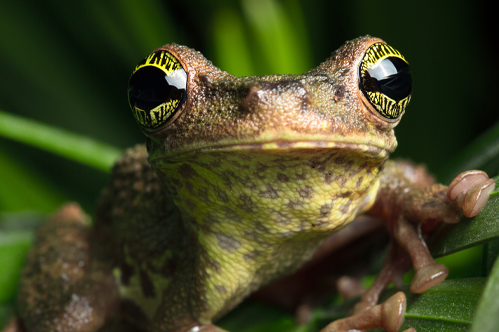
Frogs and fungal disease
Amphibian populations around the world have been decimated in recent decades by a deadly fungus, called Batrachochytrium dendrobatidis, which causes chytridiomycosis. More than 90 known frog species have become extinct and hundreds more species are in decline as the fungus mutates and spreads around the world. It was recently discovered the fungus’ global march began a century ago, originating in Korea, and spread as a result of the flourishing amphibian pet trade.
One cause of the disease’s high mortality rate is the immunosuppressing substances produced by the fungus, which prevent the frogs from acquiring long-lasting immunity. Morris Animal Foundation-funded researchers are investigating the potential of a novel gene-silencing technique to interfere with the immunosuppressant activity of the fungus. The findings from this study will be used to discover ways to help boost the immunity of frogs impacted by this deadly disease and may help save further species from extinction.

Saiga and goat plague
Critically endangered saiga antelope, native to central Asia, have fallen victim to a significant outbreak of a highly contagious virus – peste des petits ruminants. Commonly known as goat plague, as it’s typically associated with sheep and goats, it jumped species to impact saiga in Mongolia.
When the outbreak occurred, Morris Animal Foundation turned to its Betty White Wildlife Rapid Response Fund, which provides wildlife researchers emergency monetary aid to respond to unexpected events, such as natural disasters and emerging diseases. The aid was used to provide important, boot-on-the-ground training to wildlife managers, such as how to document and analyze results in deceased animals and how to monitor and survey other plains and mountain ungulates, such as ibex and argali sheep.
“It’s important that we address these emerging diseases because they not only affect animals directly and decrease their populations, they also pose a threat to other organisms and even ecosystems as a whole,” said Dr. Diehl.
Morris Animal Foundation provides critical funding for studies addressing emerging diseases, but we need ongoing support from people passionate about animals to expand these programs to meet current and future needs. Wild animals, just like the pets in our homes, need our help. Please consider making a gift today.

